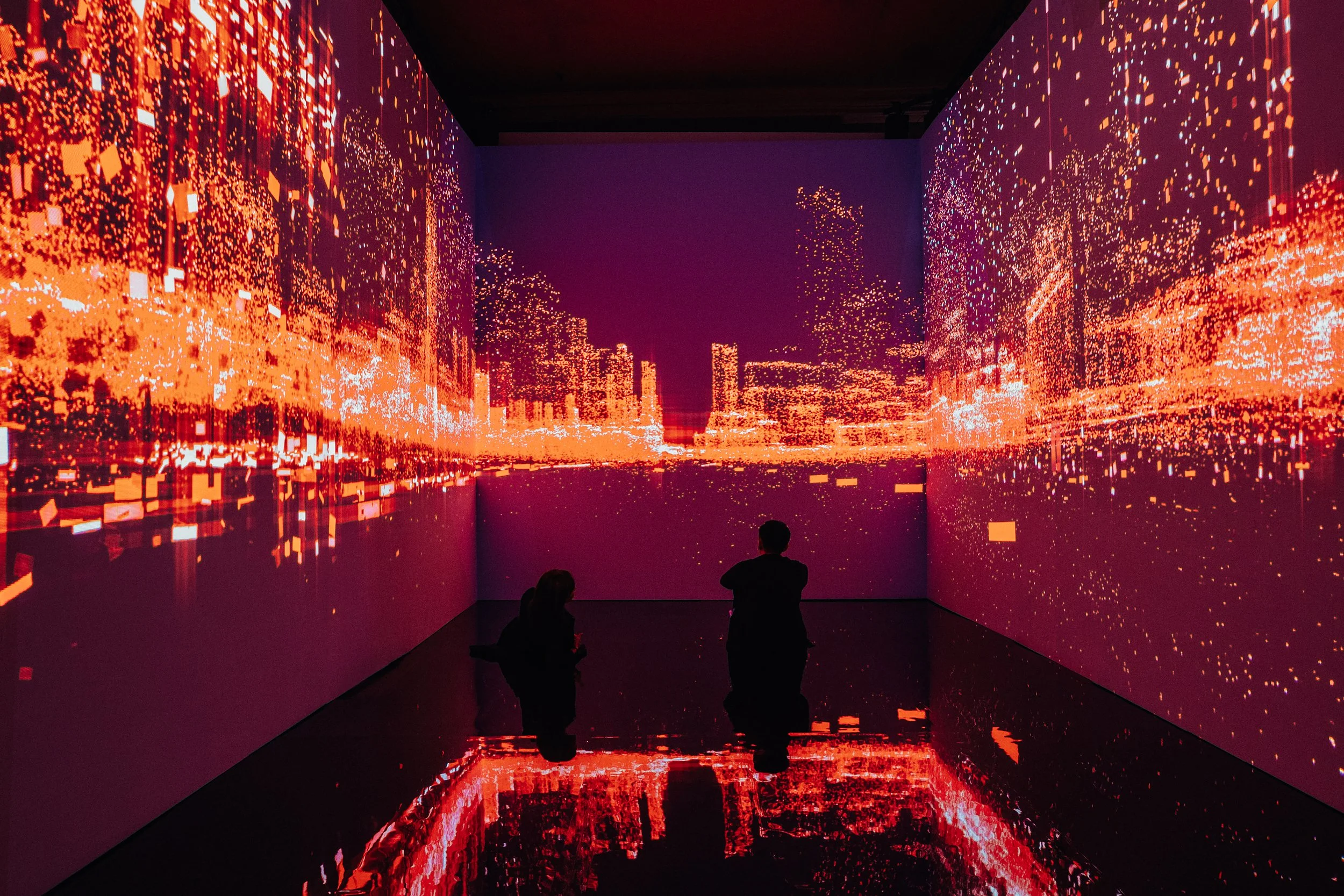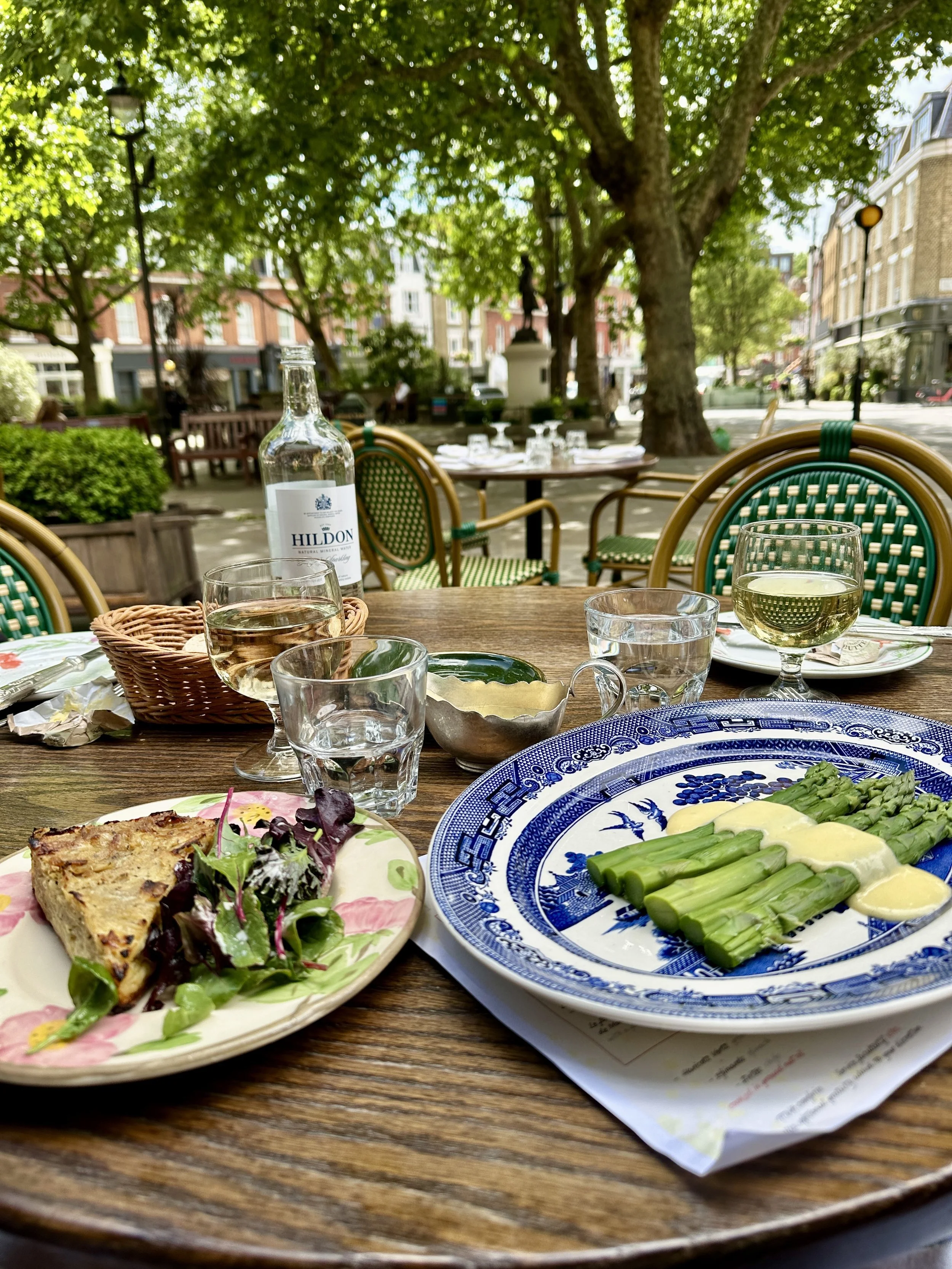Must visit museums in Europe: a cultural journey
In Europe, there are many museums that attract tourists with their amazing art galleries because it is a continent full of history, art and culture. However, people may wonder about the specific ones. It raises curiosity on the kind of facilities that make visitors feel different after attending such events in museums. We will take a tour through a few important cultural symbols found in Europe, which reflect some of the richest legacies on this continent.
The Louvre Museum, France
The Louvre, located in the heart of Paris, is more than just the world's largest art museum. It's a historical monument, a former royal palace, and home to thousands of works of art, including the iconic Mona Lisa and the Venus de Milo. Walking through the Louvre, you can't help but feel the weight of history and the beauty of human creativity. Here you can go after your date online to experience a blend of romance and culture.

The Louvre Museum. Photo by Mika Baumeister
The British Museum, United Kingdom
London’s British Museum is an international culture giant. It contains more than eight million pieces documenting the story of mankind, as well as art and culture, starting from ancient times up to the present day. Some of the most important displays are the Rosetta Stone, Elgin Marbles and Egyptian mummies. With such a wide and varied collection in the museum, there is always something interesting for all visitors, be it old antiques or new artistic works.
The Vatican Museums, Vatican City
The Vatican Museums take you on a trip down history lane as you marvel at art pieces that are hundreds of years old. In these museums is kept the huge accumulation of art by the Roman Catholic Church for many centuries, comprising many famous classical statues as well as the best works of the Renaissance. Of course, everyone enjoys visiting the Sistine Chapel, painted by Michelangelo himself. It is justly considered precious and imposing, and evokes only admiration and stunned silence among the visitors of whatever religious views. Apart from being a treat for the eyes, this museum reminds us about how Christianity has evolved over time and spread throughout different cultures.
The Prado Museum, Spain
The Prado Museum is found in Madrid and is popular because of its European art which was collected between the twelfth and early twentieth centuries. Some of the artists that are featured here include Velazquez, Goya and El Greco among others. This museum is loved by many art lovers because from one end to the other, one can go through the history of Spanish art in a very close manner. The Prado is more than just a museum; it offers insight into Spain’s great art culture with all its paintings portraying different phases in the development of the nation’s culture.

The Rijksmuseum. Photo by Frans Ruiter.
The Rijksmuseum, Netherlands
Amsterdam’s Rijksmuseum is a celebration of Dutch art and history. It houses masterpieces by Rembrandt, Vermeer, and other Dutch Golden Age painters. The museum's collection also includes beautiful Delftware, sculptures, and historical artifacts. The Rijksmuseum not only showcases the Netherlands' artistic achievements but also provides a deep insight into its cultural and historical journey. For anyone interested in Dutch art, this museum is an essential destination.
The Uffizi Gallery, Italy
The Uffizi Gallery in Florence is one of the most important Italian museums and a treasure trove of Renaissance art. Home to works by Leonardo da Vinci, Michelangelo, and Botticelli, the Uffizi offers a comprehensive look at the development of art in Italy. Its stunning architecture and carefully curated exhibitions make it a must-visit for any art enthusiast. The gallery’s intimate setting allows visitors to connect deeply with the art, experiencing the passion and creativity of the Renaissance period.
The museums in Europe are not only for art displays. They serve as entrances into the vast cultural and historical tapestry of the continent. Every museum provides a distinct passage in time that shows off a blend of human inventiveness and accomplishment. It does not matter whether one is strolling around in the Louvre or standing astounded with an open mouth under the ceiling of the Sistine Chapel; in both cases, museums teach something new and raise the feeling of admiration.
Noreen, a newly opened Middle Eastern restaurant in St Christopher’s Place, offers a standout dining experience with bold flavours and beautifully presented dishes. Surrounded by the charm of cobbled streets and alfresco energy, it’s a place worth seeking out…
Pippin’s is a new Modern British restaurant located within the recently opened Hotel Templeton Garden in Earl’s Court. Tucked away on a quiet, elegant street of Victorian terraces, the restaurant offers a refined dining experience in a peaceful yet well-connected part of London…
There’s so much happening in London this week, from outdoor exhibitions like Sculpture in the City and music highlights like BBC Proms and Somerset House Summer Series, to unique experiences such as the Lord Mayor’s Hot Air Balloon Regatta…
This September, the Southbank Centre presents We Should Have Never Walked On The Moon, a groundbreaking new collaboration between Rambert and Ballet national de Marseille, under the direction of (LA)HORDE…
London’s food scene is always evolving, and this July brings a fresh wave of exciting places to discover. With new restaurant openings, seasonal menus, chef collaborations, and a mix of relaxed terraces and late-night hotspots. Whether you’re craving modern British cuisine, Middle Eastern flavours, classic Italian…
Manchester International Festival got underway on Thursday (3 July), under the directive to ‘dream differently’, the Festival this year is set out to inspire fresh perspectives and challenge conventional thought.…
In 2026, London’s art scene will be defined by a series of compelling exhibitions celebrating pioneering female artists and influential creative voices. The Tate will lead with a programme featuring landmark shows, including a major survey of Tracey Emin, tracing four decades of…
The David Bowie Centre at V&A East Storehouse, opening on 13 September 2025, will bring visitors closer than ever to the life, work and creative vision of one of the most influential artists of modern times. More than 90,000 items from Bowie’s personal archive will be housed in the new centre…
Each summer, Henley-on-Thames plays host to the Henley Royal Regatta, an event that is as much a celebration of British sporting excellence as it is a fixture on the social calendar. Renowned worldwide for its rich heritage and competitive rowing, the regatta draws top crews and thousands of spectators…
Judith Clark is a curator and fashion exhibition-maker, and currently Professor of Fashion and Museology at the University of the Arts London. She lectures on the MA Fashion Curation and is a founding Director of the Centre for Fashion Curation. From 1997 to 2002, she ran London’s first experimental fashion gallery in Notting Hill…
The timing of this exhibition could not be better. At the end of a long winter, and egging on London’s reluctant spring, the Saatchi Gallery brings us FLOWERS in full bloom…
Missed out on Wimbledon 2025 tickets? Don’t worry – you can still enjoy the magic of this iconic British summer event right here in London. From 30 June to 13 July, big screens will be set up across the city, broadcasting all the live action from SW19…
The Royal Academy Summer Show has returned for its 257th exhibition. Curated under the theme of ‘Dialogues,’ the 2025 edition is coordinated by internationally acclaimed architect and Royal Academician Farshid Moussavi and explores art’s capacity to forge dialogues and build sensitivity towards societal concerns such as ecology, survival and living together…
Marylebone’s best-kept secret, Portman Square Garden, is once again set to bloom with life and laughter as Summer in the Square returns in July 2025. Now in its 11th year, this free community festival transforms the usually private garden into a lively…
The South London Gallery will open Thrill, Fill, Spill, a major solo exhibition by internationally acclaimed artist Yto Barrada, on 26 September 2025. Renowned for her cross-disciplinary practice that weaves together sculpture, textiles, film and painting…
Tate Modern will unveil Nigerian Modernism, the first major UK exhibition to chart the evolution of modern art in Nigeria. Opening in October 2025, the show will present more than 250 works by over 50 artists, exploring a rich period from colonial rule through independence and into the global present…
The South London Gallery will open Thrill, Fill, Spill, a major solo exhibition by internationally acclaimed artist Yto Barrada, on 26 September 2025. Renowned for her cross-disciplinary practice that weaves together sculpture, textiles, film and painting…
Oskar Zięta is an architect, process designer and artist whose work challenges the boundaries between disciplines. His practice brings together design, engineering, art and bionics to create sculptural forms. His latest installation, ‘Whispers’, is currently on display outside One New Ludgate as part of the London Festival of Architecture 2025…
The Park Corner Brasserie, running under the culinary leadership of Chefs Jean Didier and Anthony Marshall, who serve up refined British fare with seasonal flair from an attractive state of the art kitchen. The menu is delightfully diverse, satisfying everyone’s taste. From a juicy Park Corner Burger to a Dover Sole and even a Slow Cooked Barbary Duck Leg…
The London Design Biennale 2025 has officially opened at Somerset House, running from 5–29 June, bringing together over 40 pavilions from around the world in a bold celebration of global creativity. Now in its fifth edition, this year’s Biennale is curated by Artistic Director Dr Samuel Ross MBE, an award-winning British designer…
Danny Larsen is a Norwegian artist who has transitioned from a successful career in professional snowboarding to establishing himself as a distinctive painter. His detailed neo-pointillist landscapes reflect a deep connection to nature and a personal journey of transformation. Ahead of his debut London solo exhibition…
Renowned Chef Rohit Ghai and business partner Abhi Sangwan have joined forces to open Vatavaran, the newest luxury Indian dining destination in Knightsbridge last autumn, after launching Kutir and Manthan. Chef Ghai has also worked at acclaimed restaurants Benares, Trishna, Gymkhana and Jamavar…
The 25th Serpentine Pavilion for 2025, “A Capsule in Time”, designed by celebrated Bangladeshi architect and educator Marina Tabassum, and her firm, Marina Tabassum Architects (MTA), opens on 6 June at the Serpentine South Gallery lawn…
Lindokuhle Sobekwa is a South African photographer from Katlehong, Johannesburg. Since his first exhibition in 2013, his work on social issues and personal histories—like his photo essay Nyaope—has gained international recognition. A member of Magnum Photos, Sobekwa was recently awarded the 2025 Deutsche Börse Photography Foundation Prize for his project I carry Her Photo with Me…
We like nothing more than finding a wonderful neighbourhood restaurant that is so good it is worth travelling to even when you may not live in its environs. La Poule au Pot (est 1962) is such a restaurant. Not only that, but it will save yourself a trip to France…
June in London is a magical time as the city settles into its summer stride with long days, sunny terraces and fresh seasonal menus. From charming French bistros and intimate wine spots to Veuve Clicquot champagne terraces and trusty Italian cuisine served in lively dining rooms…
The National Gallery has opened Supporters’ House, a new members’ space designed for socialising, dining and unwinding just moments from the heart of the collection. Housed in the beautifully restored former curatorial offices on the ground floor of the Wilkins Building, this is the first time the Gallery has offered a dedicated space for its members and patrons…
Nestled in the bustling heart of London's Piccadilly mere seconds from the tweed suited swagger of Burlington Arcade, the grandeur of Fortnum & Mason and world class art at the Royal Academy sirs the newly opened Cicchetti Piccadilly, a family-run mini empire of reliably elegant Italian eateries…
On Saturday 31 May 2025, the V&A East Storehouse officially opens its doors, offering a revolutionary new museum experience in the heart of East London. Located within the Queen Elizabeth Olympic Park’s East Bank cultural district, this unique facility is not just a store but a fully immersive public space…
Sol Bailey Barker is a multidisciplinary artist whose work explores the connections between ecology, mythology, and speculative futures. Through sculpture, sound, and installations, they blend ancient knowledge with emerging technologies to examine humanity’s relationship with the natural world…

















































